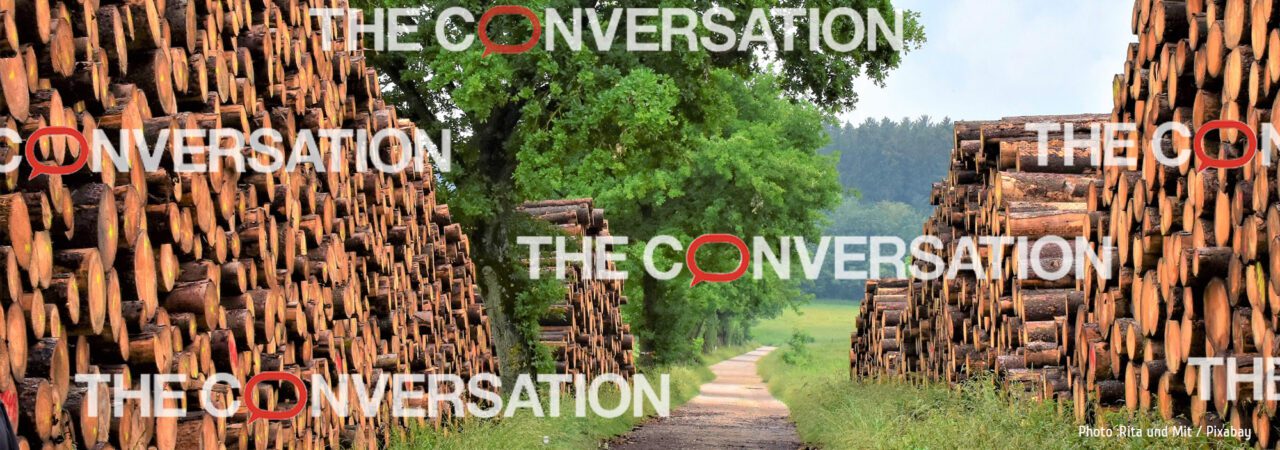
- Written by Simon Mathex (PhD student at CEE-M), ar (doctorant au CEE-M), and published in The Conversation (french edition).
This method of heating is viewed positevely (enjoys a good image): wood heating has multiple assets and is considered to be user-friendly, inexpensive and good for the environment. In 2021, more than one in ten French households had chosen wood as their main source of heating, a figure that has undoubtedly risen since then as a result of the rising prices of other energy sources, coupled with energy-saving incentives and government subsidies.
At government level, wood heating is seen as a promising way to address several national objectives: increasing the proportion of renewable energy in the energy mix, reducing energy consumption and cutting greenhouse gas emissions.
For the general public, this method of heating is also seen as an option to be favoured to protect the planet. In our survey of 1,319 individuals, wood was seen as the heating energy that caused the least damage to the environment, ahead of electricity, gas and heating oil.
But is this really true? Aren’t there risks involved in perceiving and promoting wood heating as a sustainable energy source?
